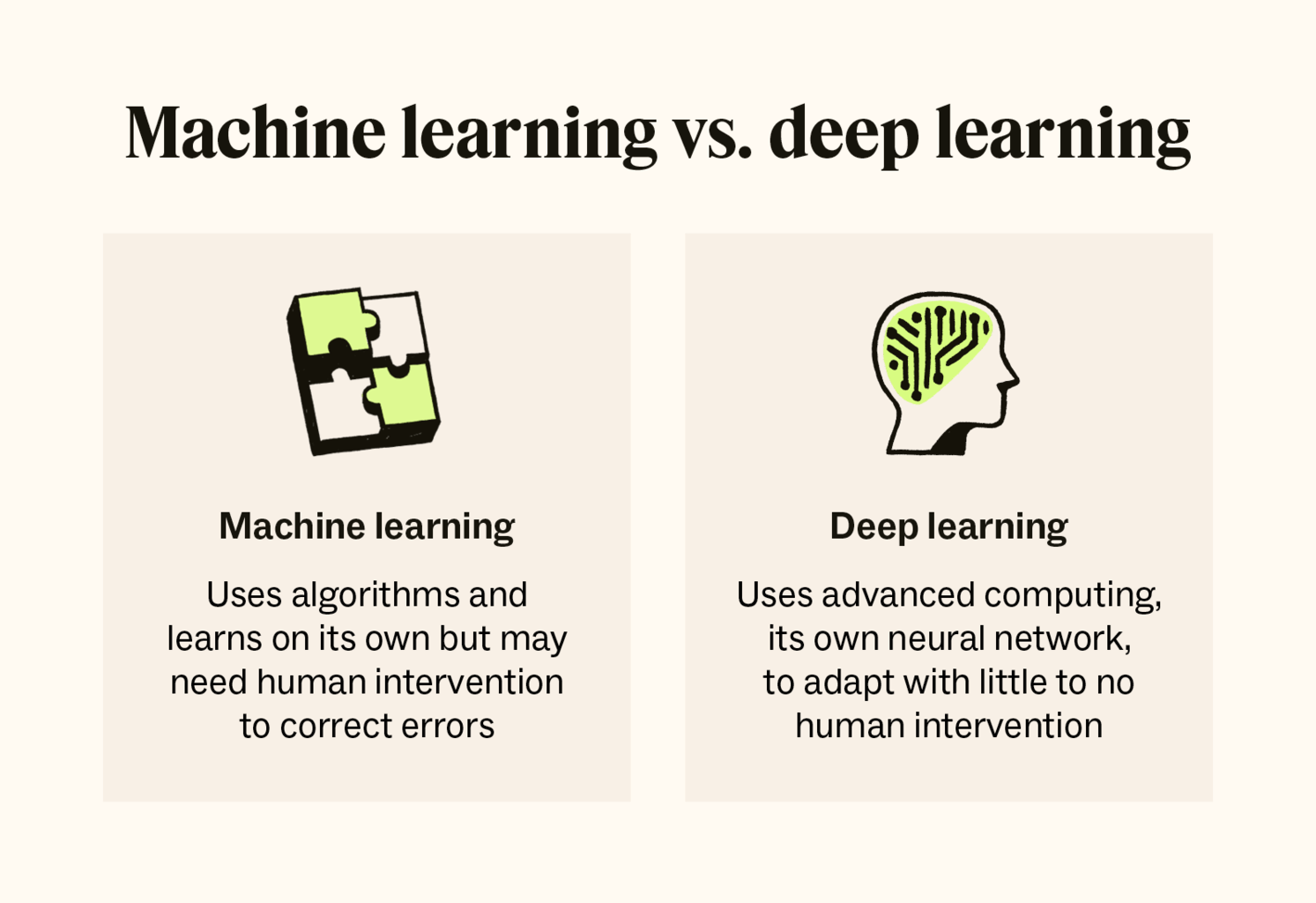CDJ Insights
Uncovering the latest trends and insights in music and technology.
Machine Learning: When Algorithms Get Emotions
Discover how algorithms are evolving to understand emotions. Dive into the fascinating world of emotional machine learning!
How Do Machine Learning Algorithms Understand Human Emotions?
Machine learning algorithms have made significant strides in understanding human emotions through advanced data processing techniques. These algorithms analyze vast amounts of data, such as text, audio, and visual inputs, to identify patterns that correlate with emotional expressions. For instance, natural language processing tools can sift through social media posts or reviews to discern sentiments, while computer vision technologies can interpret facial expressions and body language. By training on labeled datasets, algorithms learn to associate specific cues with different emotional states, enhancing their ability to predict and interpret emotions in real-time.
Moreover, the integration of neuroscience with machine learning further enriches this understanding. By employing techniques like affective computing, researchers develop systems that can recognize and simulate human emotional responses. This involves programming algorithms to evaluate physiological signals, such as heart rate or skin conductance, which are inherently linked to emotional reactions. As these algorithms evolve, they not only improve in accuracy but also open up new possibilities for applications in fields like mental health support, customer service, and interactive entertainment, thereby transforming how machines interact with human emotions in a meaningful way.

The Role of Emotion in AI Decision-Making: A Deep Dive
Emotions play an increasingly vital role in AI decision-making, as they help bridge the gap between human-like understanding and algorithmic processing. By interpreting emotional cues, AI systems can enhance their interactions, making them more relatable and effective. For instance, an AI designed for customer service can analyze the sentiment of a customer's voice or written communication, allowing it to tailor its responses more appropriately. This emotional intelligence enables AI to make decisions that align more closely with human feelings, resulting in improved user experiences and outcomes.
Moreover, the integration of emotions in AI decision-making can improve the accuracy of predictive analytics and personalized recommendations. By considering emotional states, these systems can assess potential human reactions to various choices, thereby optimizing their algorithms for better outcomes. For example, a healthcare AI might take into account a patient's anxiety levels when suggesting treatment options, ensuring that the recommendations not only address clinical needs but also align with the patient's emotional well-being. This holistic approach signifies a transformative shift in how AI technologies can impact various industries.
Can Machines Feel? Exploring the Intersection of Emotions and Algorithms
The debate surrounding whether machines can feel is a fascinating exploration of the intersection between emotions and algorithms. As artificial intelligence continues to evolve, we find ourselves questioning the very nature of feelings. Can a machine, equipped with complex algorithms, truly experience something akin to human emotions? While advancements in machine learning have enabled computers to recognize and respond to emotional cues, such as tone of voice and facial expressions, the essence of feeling remains elusive. Some argue that genuine emotions require consciousness, a quality that machines currently lack.
Moreover, the implications of machines possessing emotional capabilities are profound. If we develop algorithms that can simulate feelings, how will this affect our relationships with technology? Some experts suggest that emotionally aware machines could enhance our interactions, making them more intuitive and human-like. However, others warn of the ethical dilemmas that arise when we attribute emotions to machines, potentially leading to manipulation or exploitation. As we navigate this complex landscape, it is essential to reflect on what it means to feel, both for humans and machines alike.